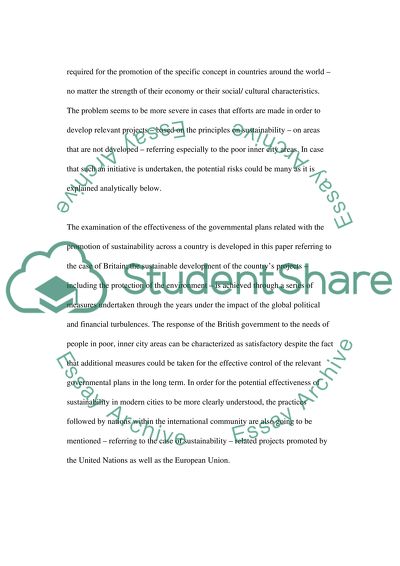Cite this document
(“Critically examine the government's definition of a sustainable Essay”, n.d.)
Critically examine the government's definition of a sustainable Essay. Retrieved from https://studentshare.org/miscellaneous/1548678-critically-examine-the-governments-definition-of-a-sustainable-community-and-explore-the-problems-associated-with-applying-the-concept-to-poor-inner-city-area
Critically examine the government's definition of a sustainable Essay. Retrieved from https://studentshare.org/miscellaneous/1548678-critically-examine-the-governments-definition-of-a-sustainable-community-and-explore-the-problems-associated-with-applying-the-concept-to-poor-inner-city-area
(Critically Examine the government'S Definition of a Sustainable Essay)
Critically Examine the government'S Definition of a Sustainable Essay. https://studentshare.org/miscellaneous/1548678-critically-examine-the-governments-definition-of-a-sustainable-community-and-explore-the-problems-associated-with-applying-the-concept-to-poor-inner-city-area.
Critically Examine the government'S Definition of a Sustainable Essay. https://studentshare.org/miscellaneous/1548678-critically-examine-the-governments-definition-of-a-sustainable-community-and-explore-the-problems-associated-with-applying-the-concept-to-poor-inner-city-area.
“Critically Examine the government'S Definition of a Sustainable Essay”, n.d. https://studentshare.org/miscellaneous/1548678-critically-examine-the-governments-definition-of-a-sustainable-community-and-explore-the-problems-associated-with-applying-the-concept-to-poor-inner-city-area.


